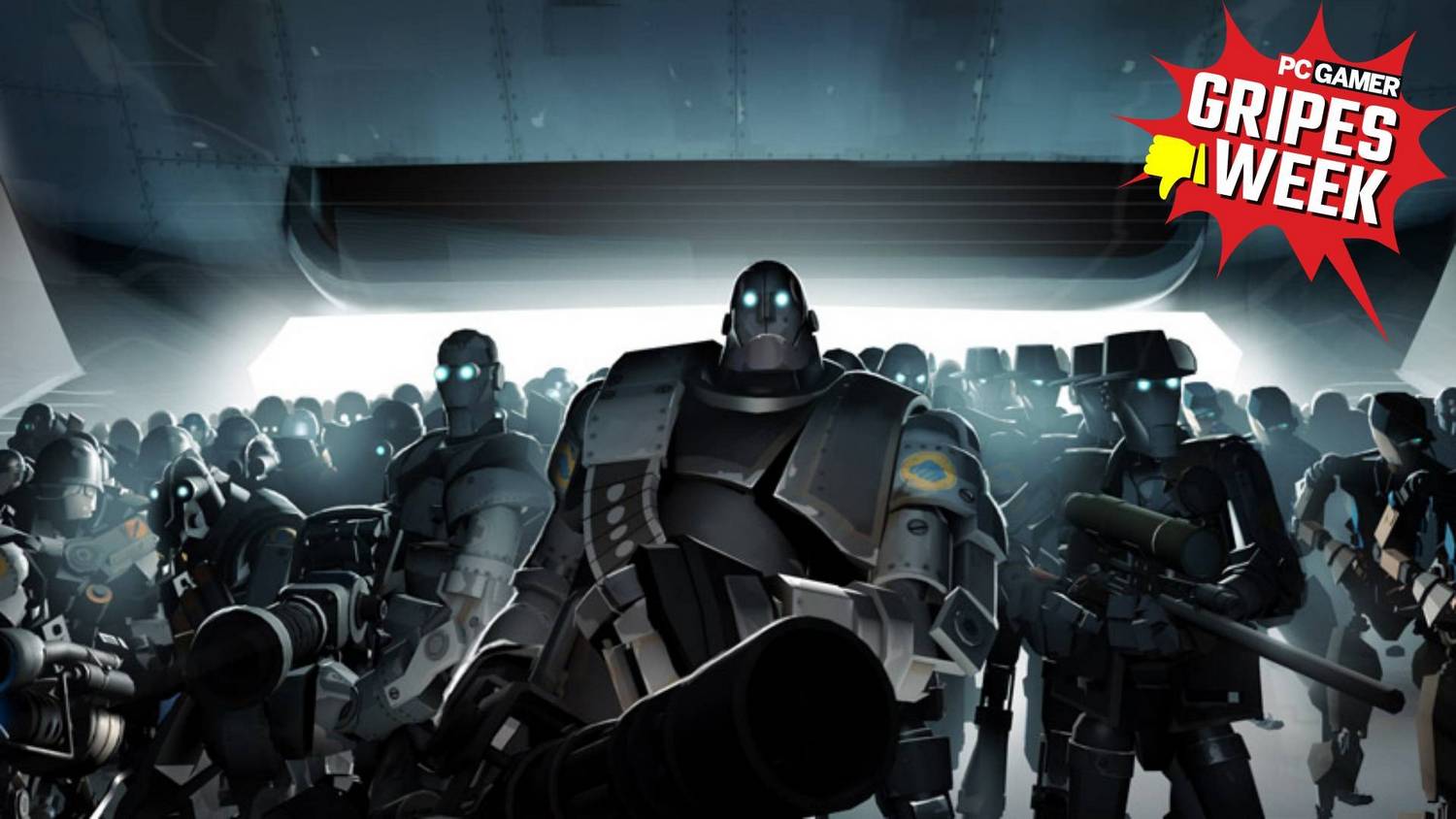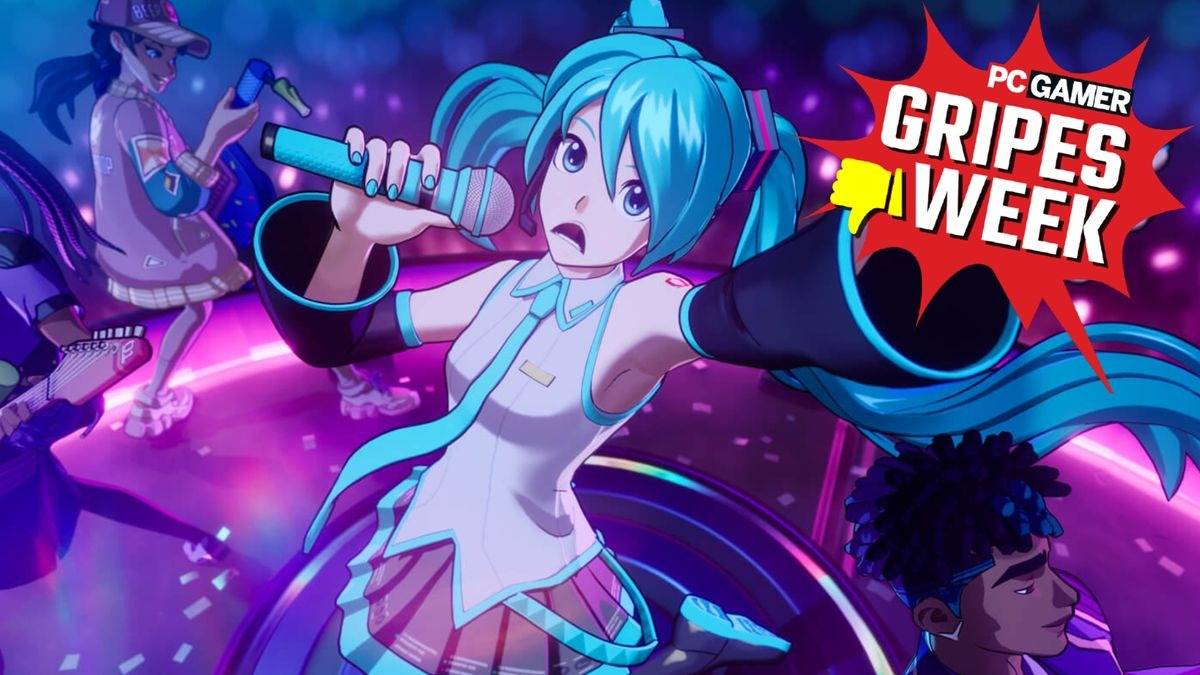The Fortnite Effect: When Every Game Becomes a Live Service
Popular Now
 Auto X Drift Racing 3
Auto X Drift Racing 3
 Fall Guys
Fall Guys
 League of Legends
League of Legends
 Valorant
Valorant
 Garena Free Fire: Kalahari
Garena Free Fire: Kalahari
 Minecraft
Minecraft
 Black Myth: Wukong
Black Myth: Wukong
 NBA 2K24
NBA 2K24
 Genshin Impact
Genshin Impact
 The term “Fortnitification” has become a common complaint among gamers, a shorthand for a trend that is increasingly difficult to ignore. It’s the feeling that every major video game, regardless of genre, is adopting the live service model perfected by Fortnite. This isn’t just about a game having a battle pass or microtransactions; it’s about a fundamental shift in how games are designed, developed, and monetized. From single-player RPGs to iconic shooters, the influence of Fortnite’s business model is pervasive, and for many players, it’s starting to grate on the core experience of gaming.
The term “Fortnitification” has become a common complaint among gamers, a shorthand for a trend that is increasingly difficult to ignore. It’s the feeling that every major video game, regardless of genre, is adopting the live service model perfected by Fortnite. This isn’t just about a game having a battle pass or microtransactions; it’s about a fundamental shift in how games are designed, developed, and monetized. From single-player RPGs to iconic shooters, the influence of Fortnite’s business model is pervasive, and for many players, it’s starting to grate on the core experience of gaming.
 The Pillars of Fortnitification
The Pillars of Fortnitification
What exactly does it mean for a game to be “Fortnitified”? It’s a combination of several key elements that have proven to be incredibly lucrative for Epic Games. Here are the core pillars of the model that are now being replicated across the industry:
- The Battle Pass and Seasonal Content: The most visible sign of the Fortnite model is the battle pass. A tiered reward system that encourages daily play and offers exclusive cosmetic items for a one-time purchase. This model has been adopted by everything from Diablo IV to Call of Duty, replacing traditional expansions and DLC with a continuous stream of seasonal content.
- Cosmetic Microtransactions as the Main Revenue Stream: The Fortnite model thrives on selling purely cosmetic items—skins, emotes, and weapon camos—that have no impact on gameplay. This can be a double-edged sword. While it’s seen as a more ethical approach than “pay-to-win,” it also means that developers dedicate significant resources to creating a constant flow of new outfits and skins, a practice that can sometimes feel like it takes precedence over core gameplay improvements.
- The Endless “Live Service”: The core of the Fortnite model is that the game is never “finished.” It’s a continuous, evolving platform. The game receives weekly updates, new modes, and a constant stream of collaborations. This live service approach is now a standard for most major titles. Developers are no longer focused on shipping a complete product; they are focused on building a platform that can be monetized and updated indefinitely.
- Constant Crossovers and Collaborations: From Marvel to Star Wars to Dragon Ball Z, Fortnite has become the ultimate marketing platform for pop culture. This model of constant, high-profile crossovers has been widely adopted. Games now feature collaborations that feel less like a special event and more like a required marketing beat to draw in a new audience.
 The Impact on Gaming: A Growing Disconnect
The Impact on Gaming: A Growing Disconnect
For many gamers, the “Fortnitification” of the industry is more than just an annoyance; it’s a source of genuine frustration. Here’s why the trend is starting to grate:
- The Loss of Complete Experiences: The live service model discourages developers from creating a complete, polished product at launch. Games are often released in a bare-bones state, with the promise of more content to come. For players who prefer to binge a game and then move on, this model feels unfulfilling.
- Design by Monetization: The constant focus on cosmetic items can sometimes lead to questionable design decisions. Developers may prioritize creating cool-looking skins over fixing bugs or creating new gameplay mechanics. The game’s success is measured not by its review scores but by its quarterly revenue from in-app purchases.
- The Loss of a Central Narrative: The constant stream of seasonal content and crossovers can make a game’s world feel disjointed and incoherent. A player can be fighting a monster one minute and then attending a virtual concert the next. This constant genre-hopping can ruin the immersion for players who are invested in a game’s world and lore.
- A Feeling of Entitlement: The constant stream of free content, while appreciated, can also breed a sense of entitlement in players who feel like they are owed new content and cosmetic items. When a developer fails to deliver on a perceived promise, the community can become toxic and hostile.
A Search for an Alternative
While the “Fortnitification” trend is dominating the AAA space, there is a growing counter-movement. Many players are turning to single-player, indie games and retro titles that offer a complete, curated experience. These games, which are often created by smaller teams, are a welcome respite from the endless battle passes and constant monetization of the mainstream market. The success of games like Baldur’s Gate 3 and Elden Ring, which offered complete, massive experiences at launch, has shown that there is still a massive appetite for games that don’t follow the live service model.
Conclusion: The Future of Gaming and a Call for Balance
The “Fortnitification” of video games is a complex issue. While the live service model has proven to be incredibly successful for a few key titles, its widespread adoption has raised valid concerns about the future of game design. For players who feel like they are constantly being sold a product rather than a complete experience, the trend is more than just an annoyance; it’s a fundamental change in the very nature of their hobby. As developers continue to chase the success of Fortnite, it is more important than ever to remember that a great game is not just a platform for selling cosmetics; it’s a work of art, and it deserves to be treated as such.








